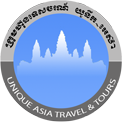Traveling as a tourist in Vietnam and not visiting My Son borders on ignorance. The temple city is one of the main attractions of pre-arranged Vietnam tours. It's worth arriving early in the morning for a temple visit. The temple complex is accessible from 6 a.m. to 5 p.m. via prescribed routes, which must be adhered to for safety reasons. Anyone who arrives after ten o'clock will hardly be able to see much of the temples due to the crowds. Electric vehicles take visitors from the ticket counter at the entrance to the starting point of the well-prepared circular trail. Orientation boards and signposts are clearly visible. Nobody can get lost. In order not to miss anything and not to miss some temple complexes unnoticed, a site plan should be known or at hand during the visit. However, the exact temple view shown on the admission ticket is not available anywhere on the tour. Nonetheless, the tour is still amazing. You will come to see destroyed and rebuilt Cham temple complexes. Nowhere in Vietnam are there more Cham temples in such a small area. Some of the smaller groups of temples and individual temples are inaccessible or deliberately not signposted because their value for tourists is considered low, and perhaps also because there are no safe routes leading to them. There is a bilingual information board in front of each accessible group of temples, sometimes also along the path: the respective position of the visitor is marked, also drawings of the layouts are displayed (floor plan of the temple). On some boards you can also read short descriptions of the respective temples. The temple groups are largely free of uncontrolled rank growth; the lawns are mowed regularly, but jungle growth is spreading next to the paved paths and up to the edge of the temple complexes. Lush green plants characterize the hilly landscape. Streams flow calmly down the valley. French scientists grouped the temples and numbered them within the groups. If you follow the given circular route clockwise, you first come to temple group K, of which there is only a small amount of buildings left, but it’s still evident with what perfection the Cham were able to build impressive brick buildings. The rare Brahmi sculpture made of sandstone in the brick niche (Kudu) is also noteworthy, because the god Brahma is rarely seen depicted, and Brahmi, the female aspect of Brahma, is even rarer. It is due to good luck that this Brahmi depiction on the lotus throne has survived at its original (?) location and was not destroyed or stolen. However, this Brahmi relief would deserve safekeeping in a museum for presentation. More building structure has been preserved in the clustered temple groups F and E than in group K. In group F, the painful destruction caused by war is particularly evident; bomb craters were not filled in and former temples are hidden under overgrown hills, only piles of rubble remain. One of the most beautiful and largest brick buildings, Temple F 1, can unfortunately only be seen in ruins. The first sight of Temple F1 might shock those arriving there: a high hill of bricks covered by a tin roof, a picture of the greatest possible destruction. Disillusionment and inner movement overcome the visitor, what must have happened here! What mischief was done to Vietnam is known and evidenced by numerous images and films. But at places like Temple Group F the senseless devastation becomes all the more visible in a shocking way. After the visitor has overcome his feelings of sadness, his eyes return to the remains of the temples (Image 7.3). In fact, there are remains of irretrievable brick reliefs on some fragments of the wall. In the upper wall areas (Image 7.4), straight-line structures of pilasters, round columns and false windows have been preserved; in the lower, ground-level wall layers, figural brick reliefs (Image 7.5, top middle and right) can be seen, and some rudimentary decorative bands stand out (Image 7.5, bottom). Sandstone components from temple F1 (Images 7.6 - 7.8) are arranged on the meadow; you can see pillars, thresholds, capitals, columns and a lingam. Perhaps the reconstruction of F1 is considered, or even planned, only the financing is problematic, the crucial question that needs to be clarified is: conservation/maintenance of the building structure or entire restoration = rebuilding the temple. Passing along craters and grass-covered ruins, the equally ruined temple group E is reached after just a few steps on hard-beaten paths (Image 8.1). The rebuilt high Kalan (Images 8.2 - 8.7) of temple group E stands out as an eye-catcher (Images 7.6 & 7.7 can be seen in the background). The term KALAN means temple, also the main sanctuary of a temple complex, and is only used in the context of Cham temples. Kalan is equivalent to Prasat, used for temple construction in Angkor (Cambodia). In Sanskrit, the term Prasada means multi-story building. In Thailand, Khmer temples are defined as prang. Just as the words differ and yet mean the same thing, so too do the temple buildings of different cultures. Cham temples are not to be confused with Khmer temples; their special characteristics can be studied specifically in My Son. A typical illustrative example is the Kalan E7, presented in four side views and two partial views (Images 8.2 – 8.7). Almost all sandstone components from the temple ruins were salvaged and placed in the surroundings of the respective buildings; this statement applies to all temple groups in My Son. For ambitious visitors, the sacred artifacts are of equal interest as the architecture and decorations of the temples. Statues of the deities and lingam-yoni altars could be are objects of preferential attention. Worth seeing is the mighty, self-contained humpback bull Nandi (Nandin in Vietnam). The god Shiva and his mount Nandi are often depicted together on reliefs. Nandi as a sculpture is not only held in particular esteem by the Cham people; sculptures of Shiva's mount are widespread in all Hindu-oriented cultures. Some Hindus believe they worship Nandi as an embodiment of Shiva. Several Nandi sculptures survived the bombardment in My Son, one can be viewed in temple group E (Image 8.10), another one is exhibited in one of the long halls of group C, and a third one is presented in the My Son Museum. The headless statue (Image 8.12) raises the question: are we looking at Shiva or another god? The presence of Nandi and a lingam with yoni in a temple group seems to answer the question in favor of Shiva. The floor plan drawings of the buildings in Temple Group E, which were created at least before the Vietnam War, if not during the French colonial period, illustrate what was lost due to war damage (Images 9.1 & 9.2). In its current state, measurements would only be possible to a limited extent, as only Temple E7 is accessible. Photo 8.10: Vanessa Jones
Photos and text: Günter Schönlein Correction of the original German Version: Vanessa Jones
0 Comments
Leave a Reply. |
Author
|
All rights reserved.
Copyright © 2015 Hor Sopheak & Unique Asia Travel and Tours, Siem Reap, Cambodia
Texts and Photos by Ando Sundermann and Hor Sopheak, unless otherwise stated
with special thanks to contributers Günter Schönlein and Jochen Fellmer
Copyright © 2015 Hor Sopheak & Unique Asia Travel and Tours, Siem Reap, Cambodia
Texts and Photos by Ando Sundermann and Hor Sopheak, unless otherwise stated
with special thanks to contributers Günter Schönlein and Jochen Fellmer
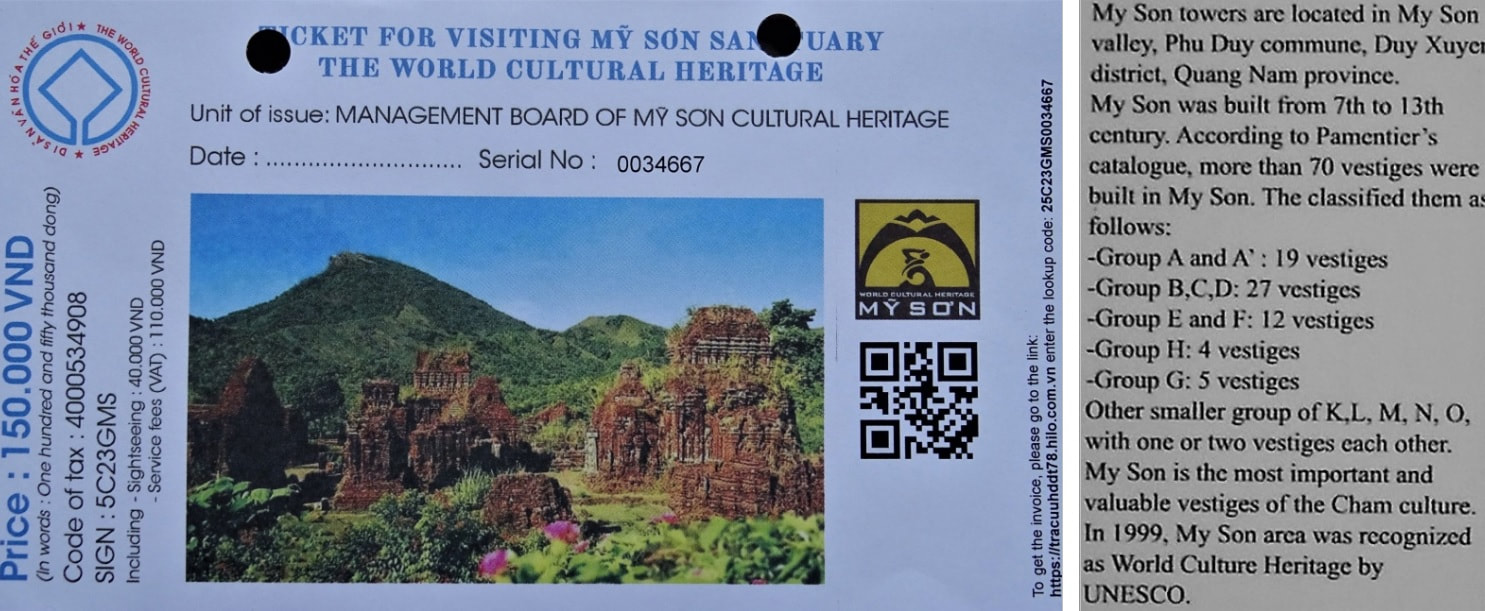

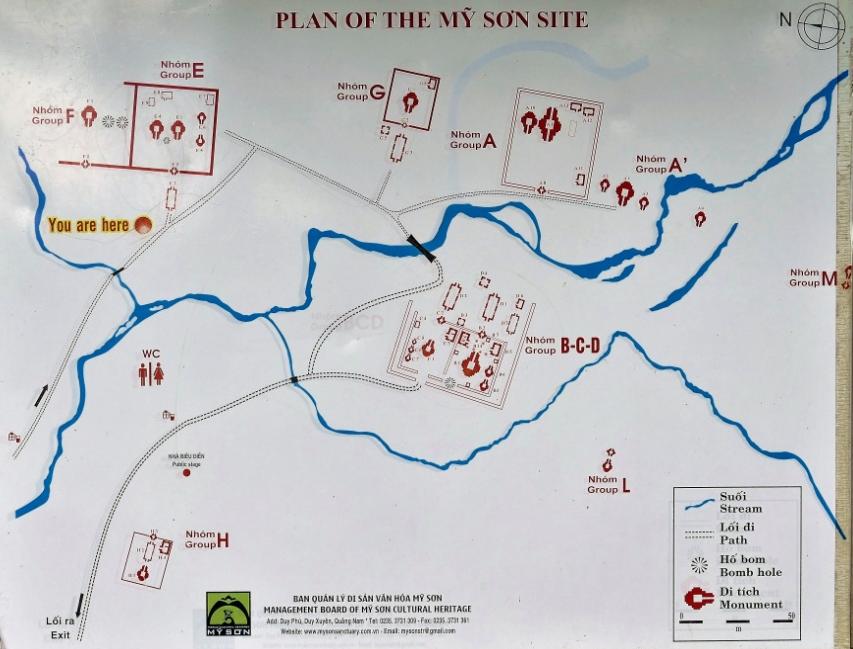


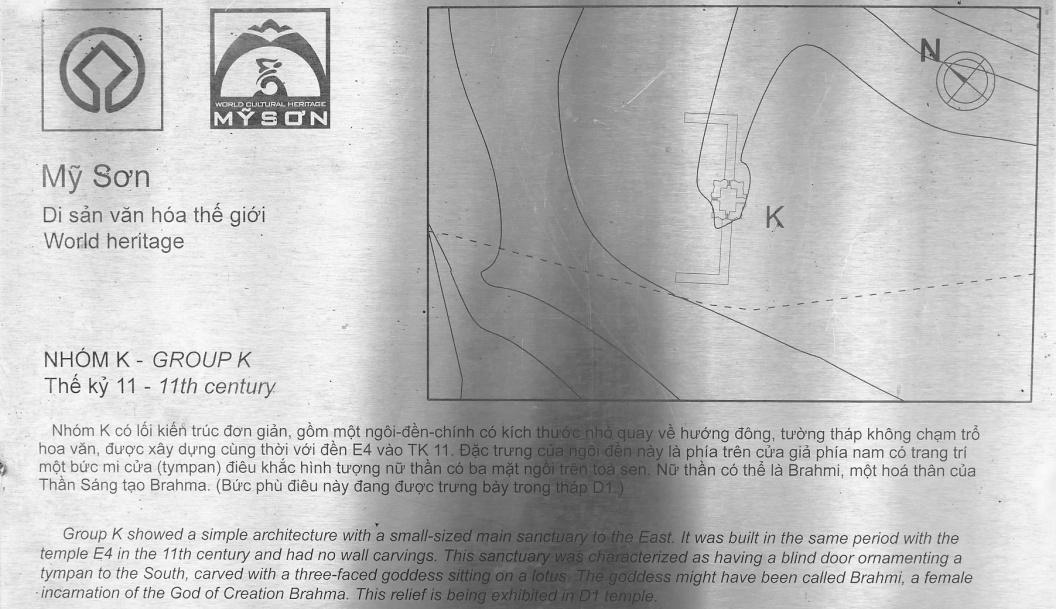
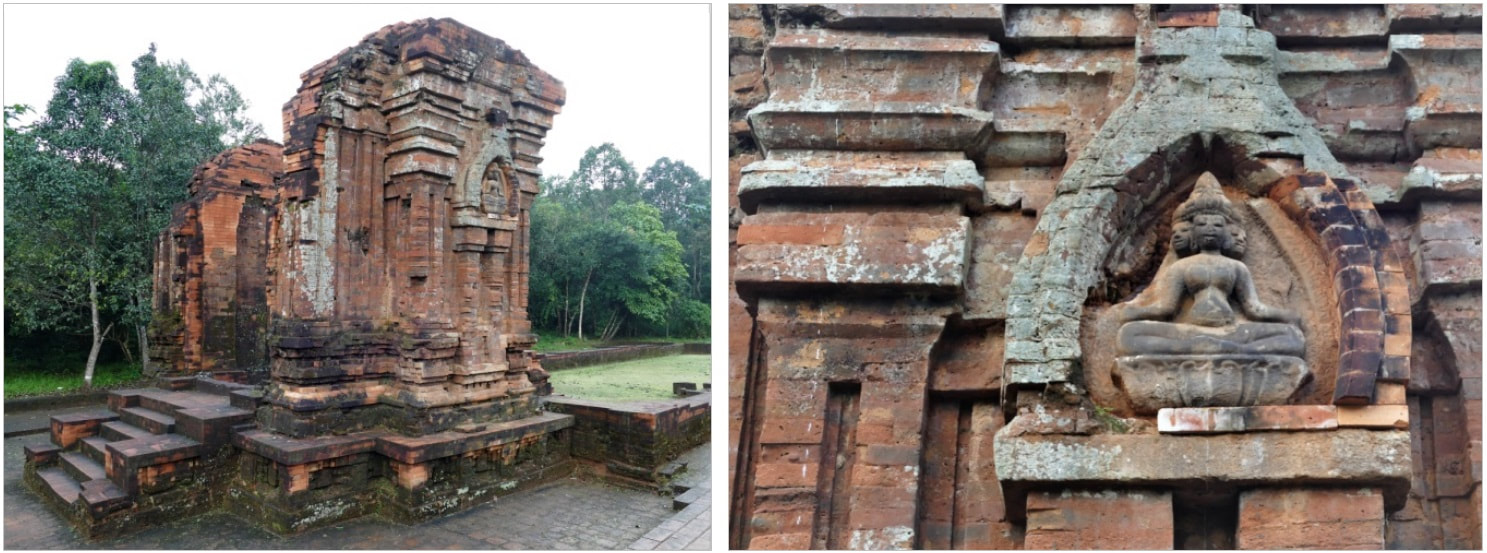
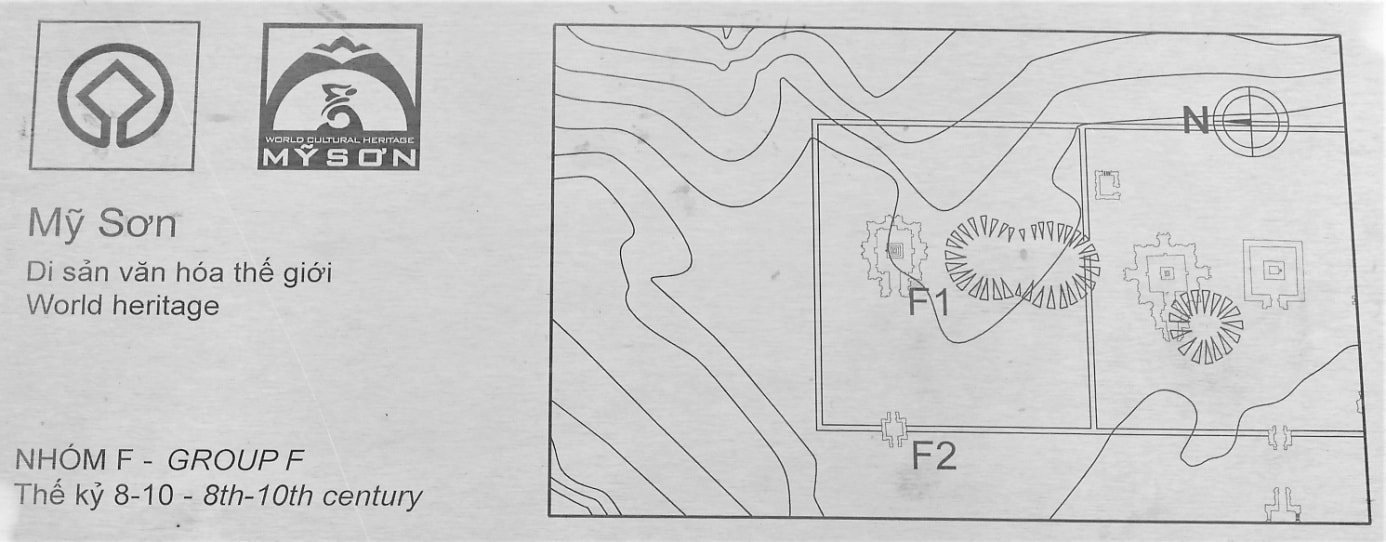
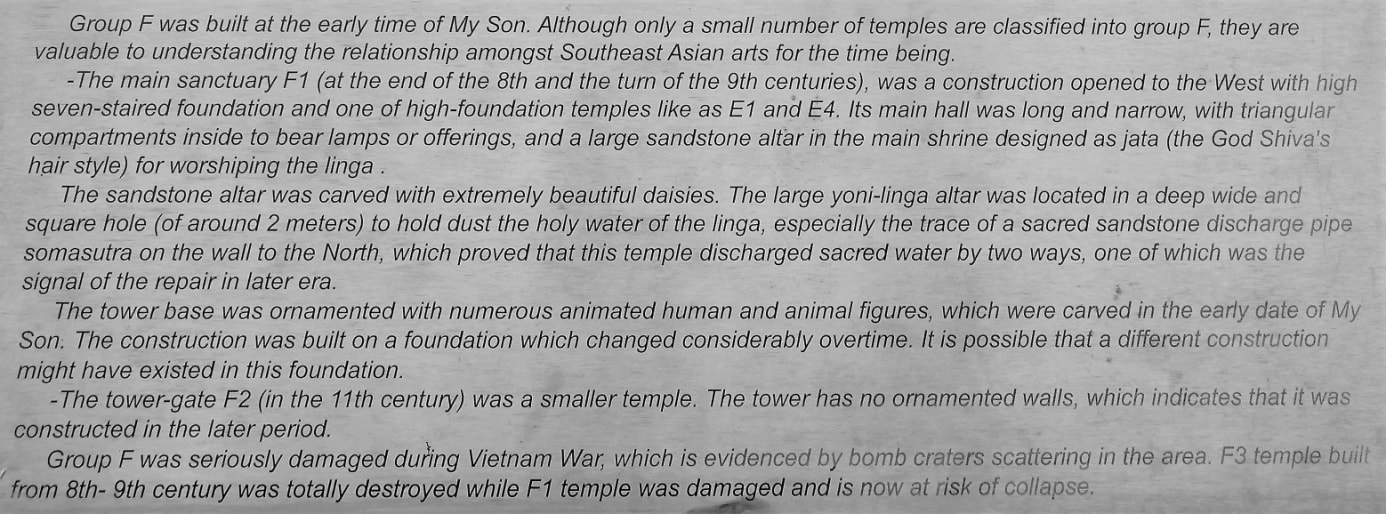
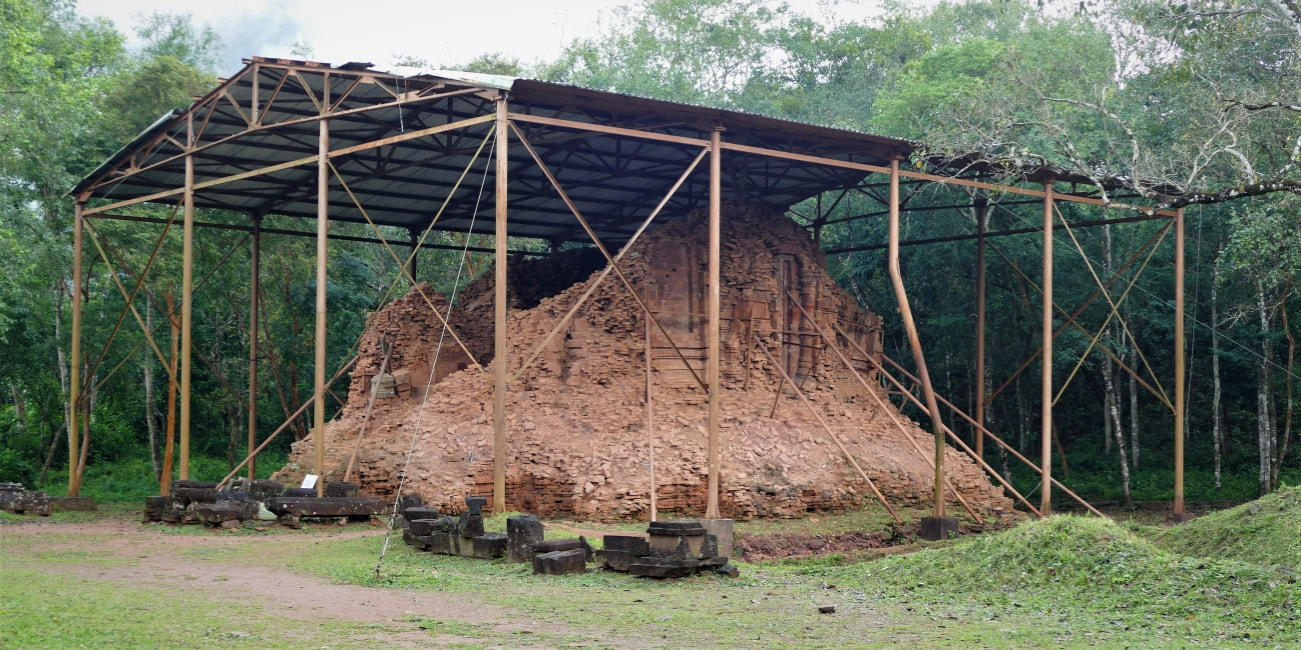

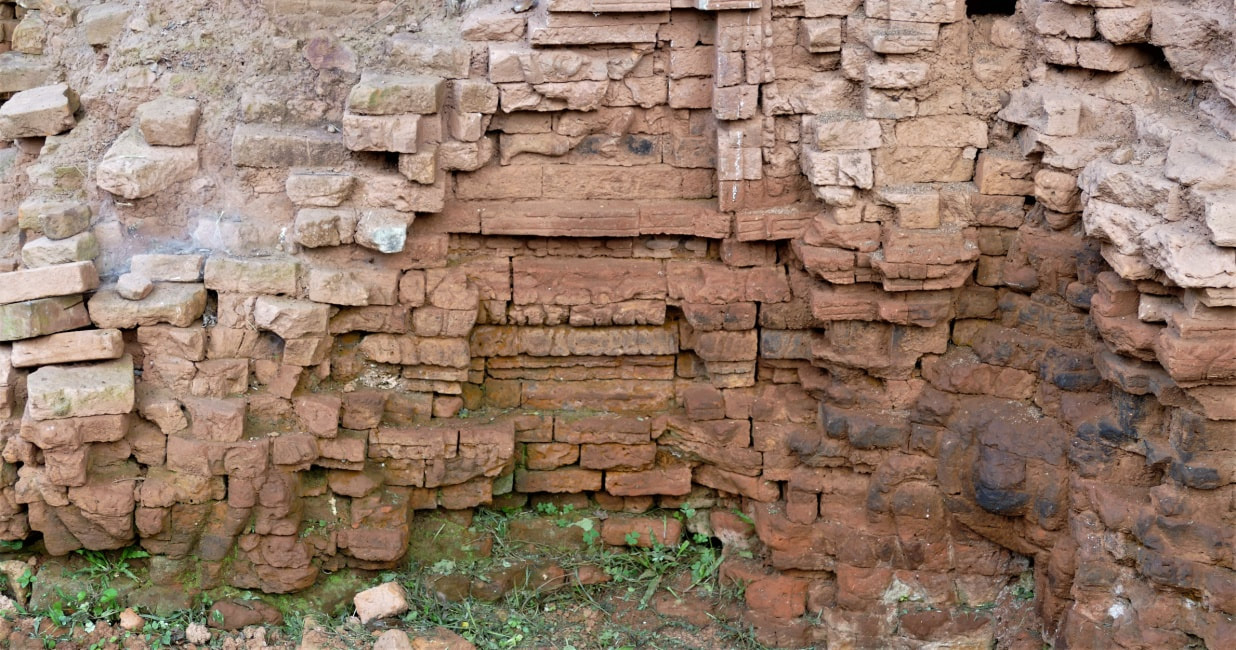
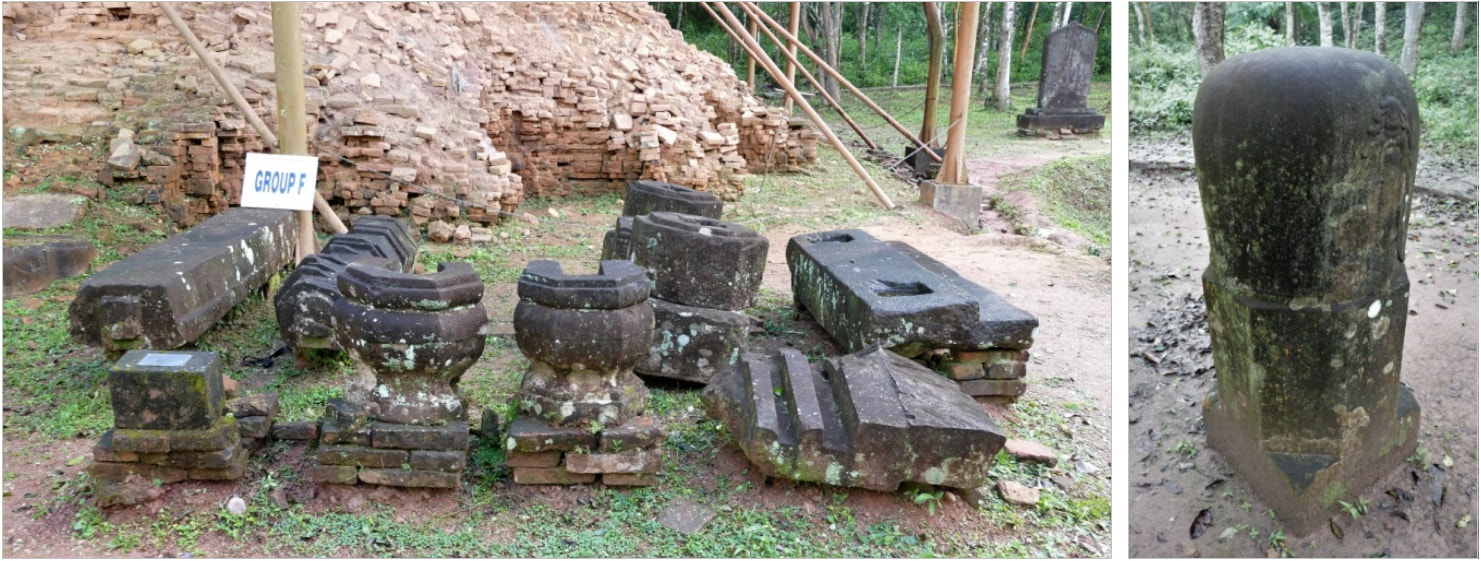
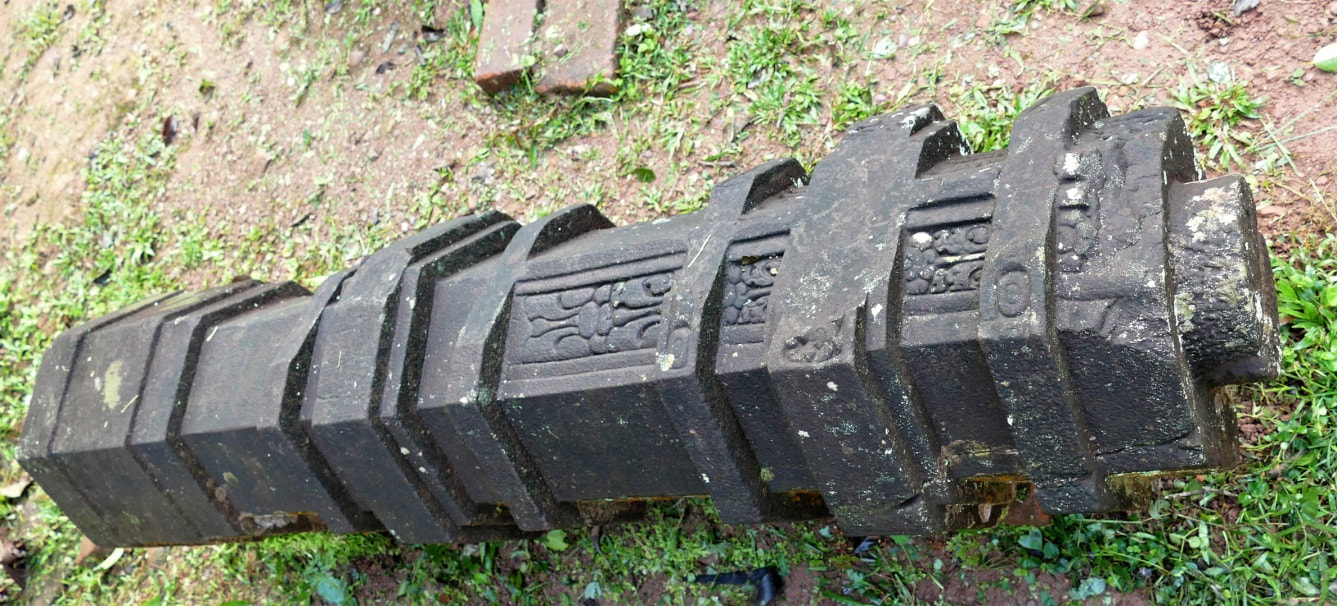


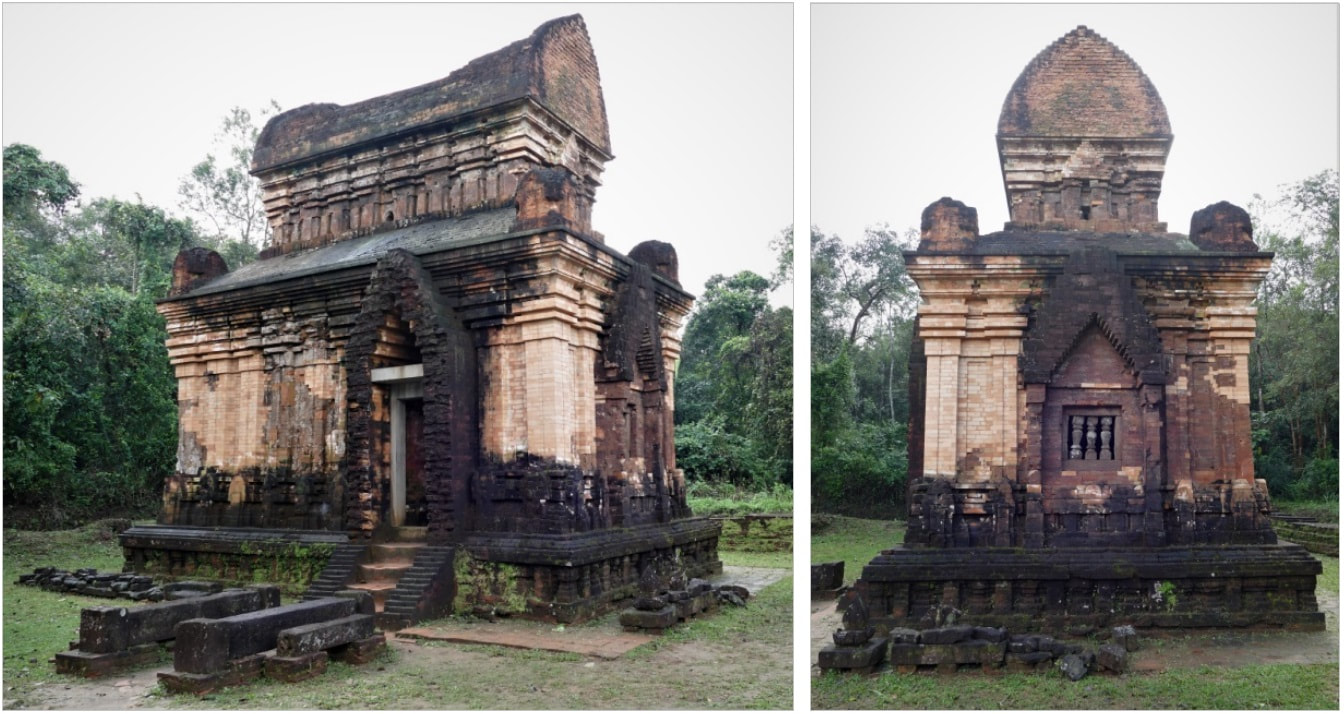
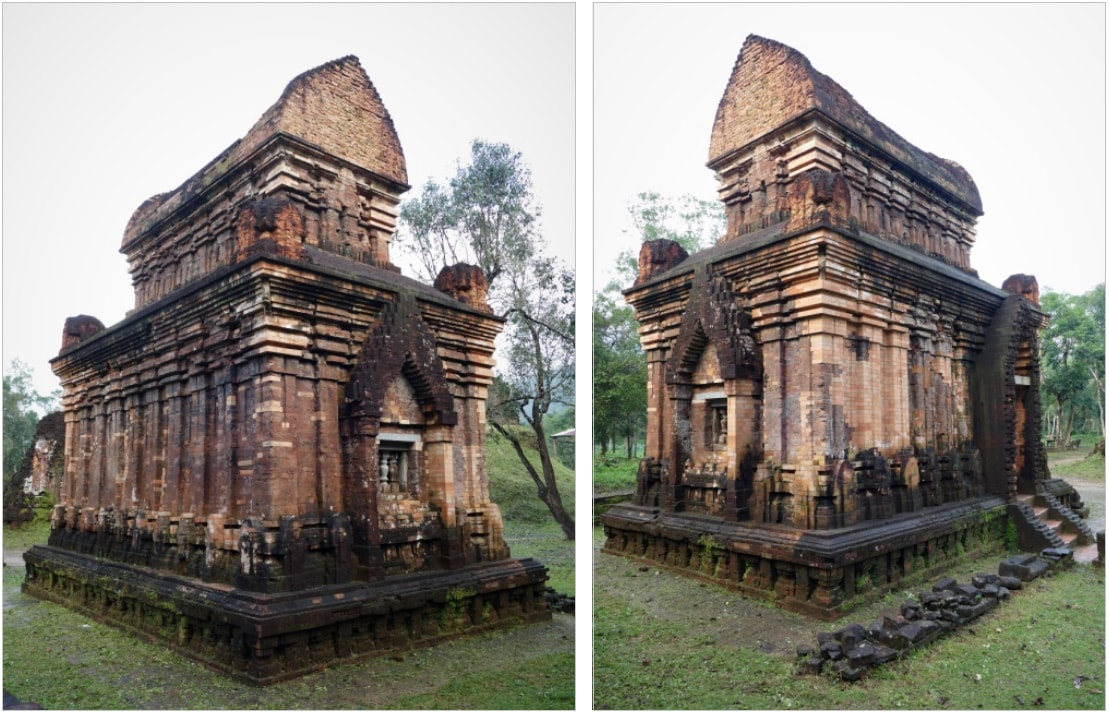
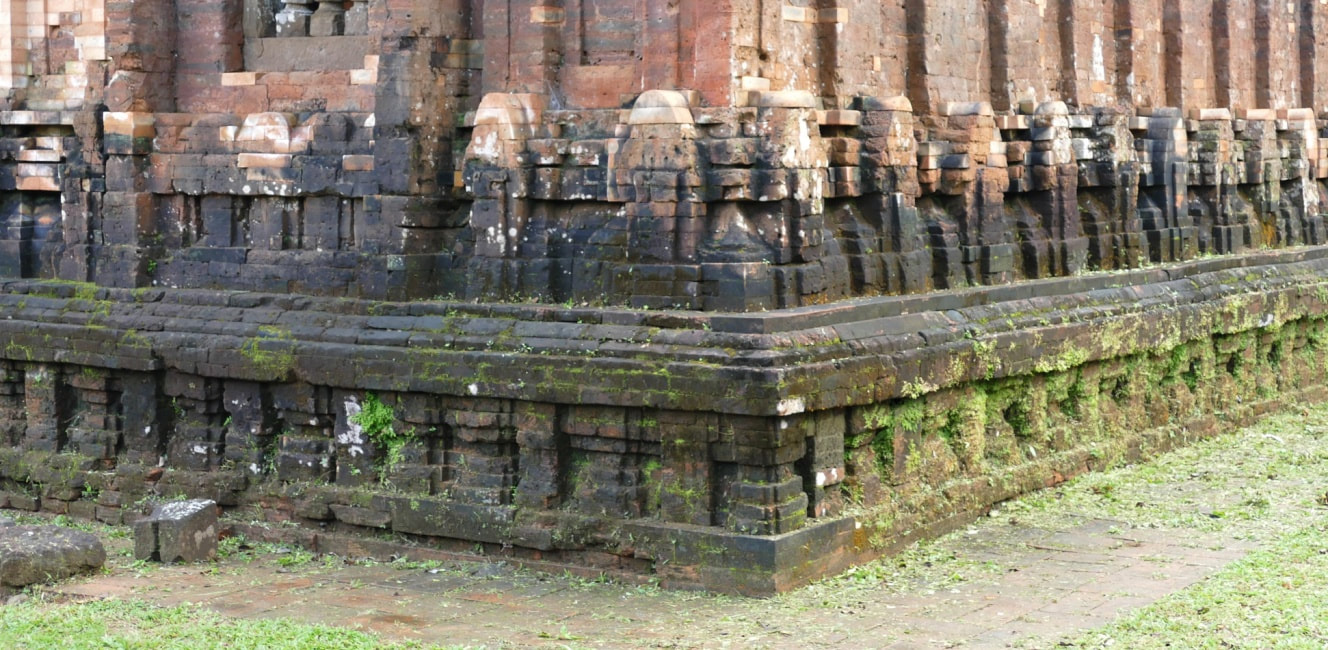
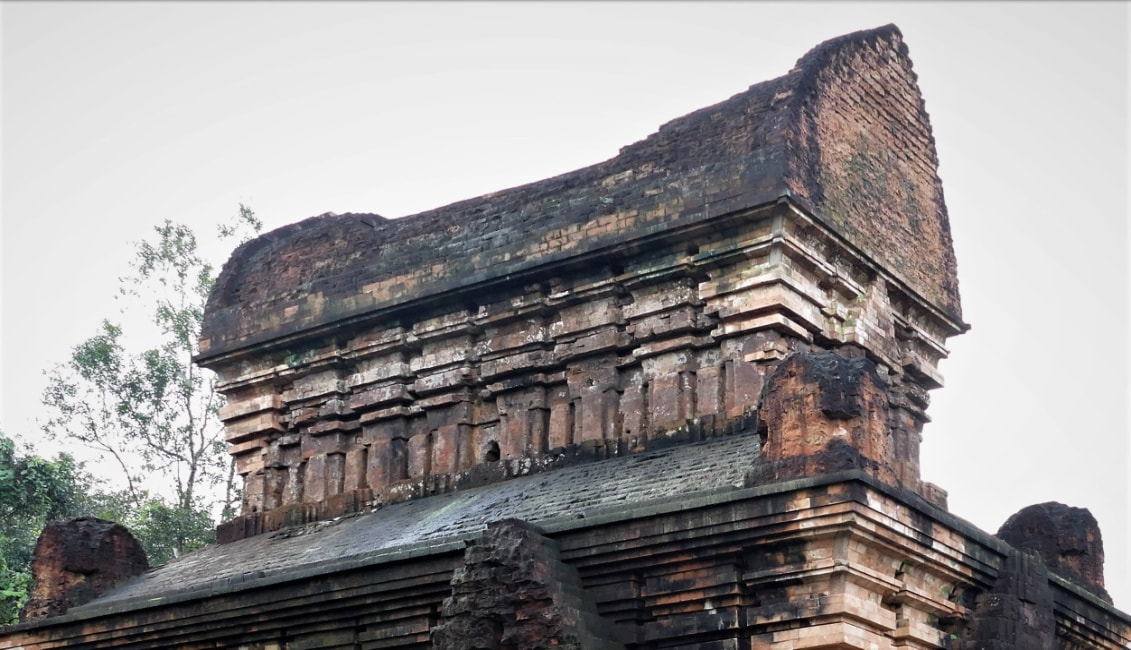
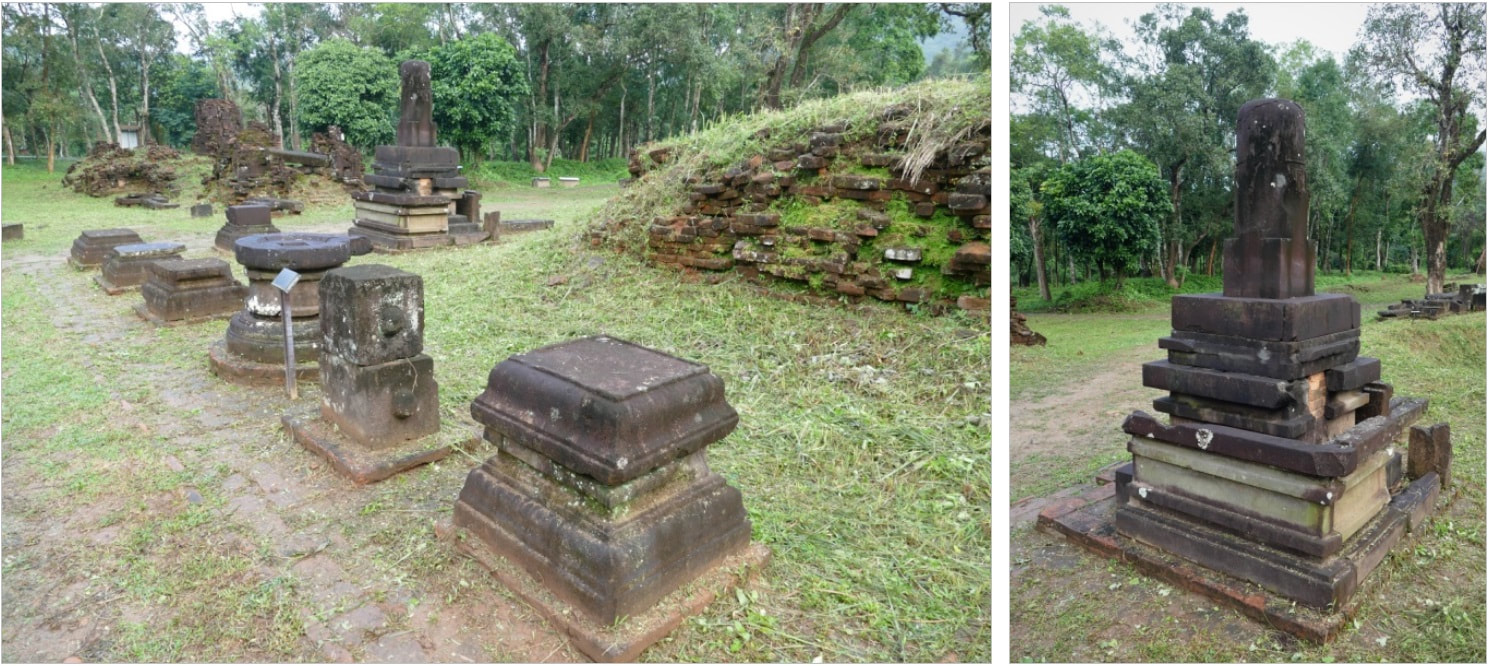
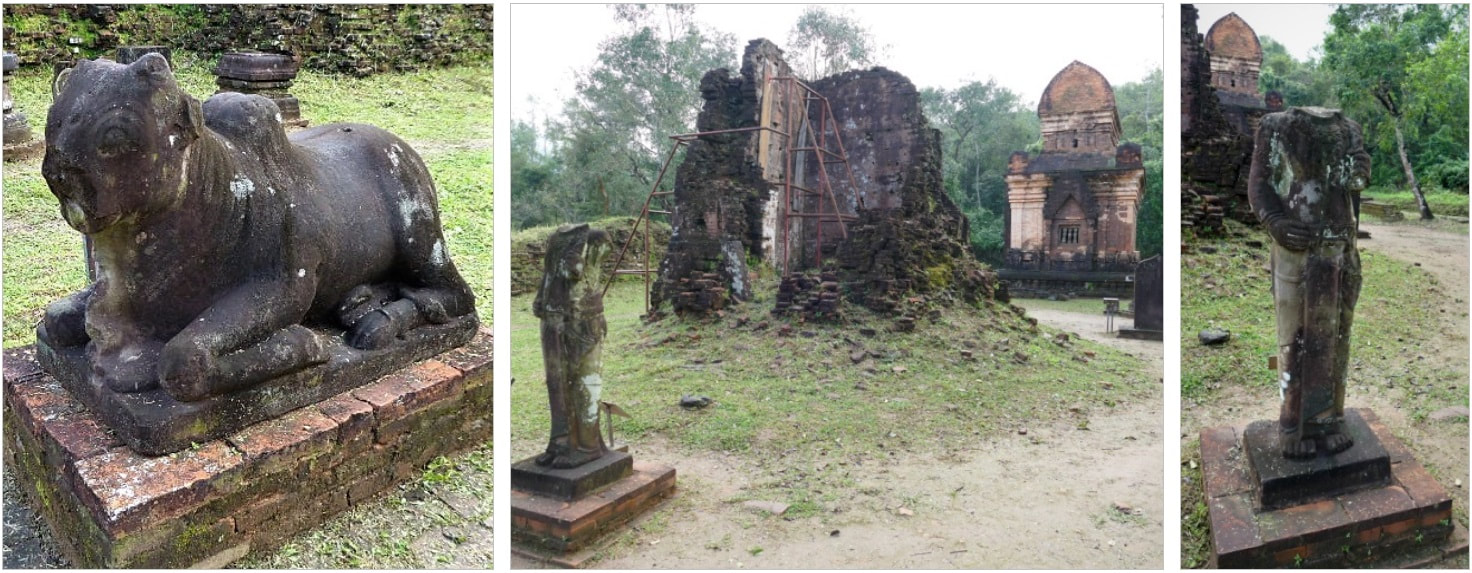
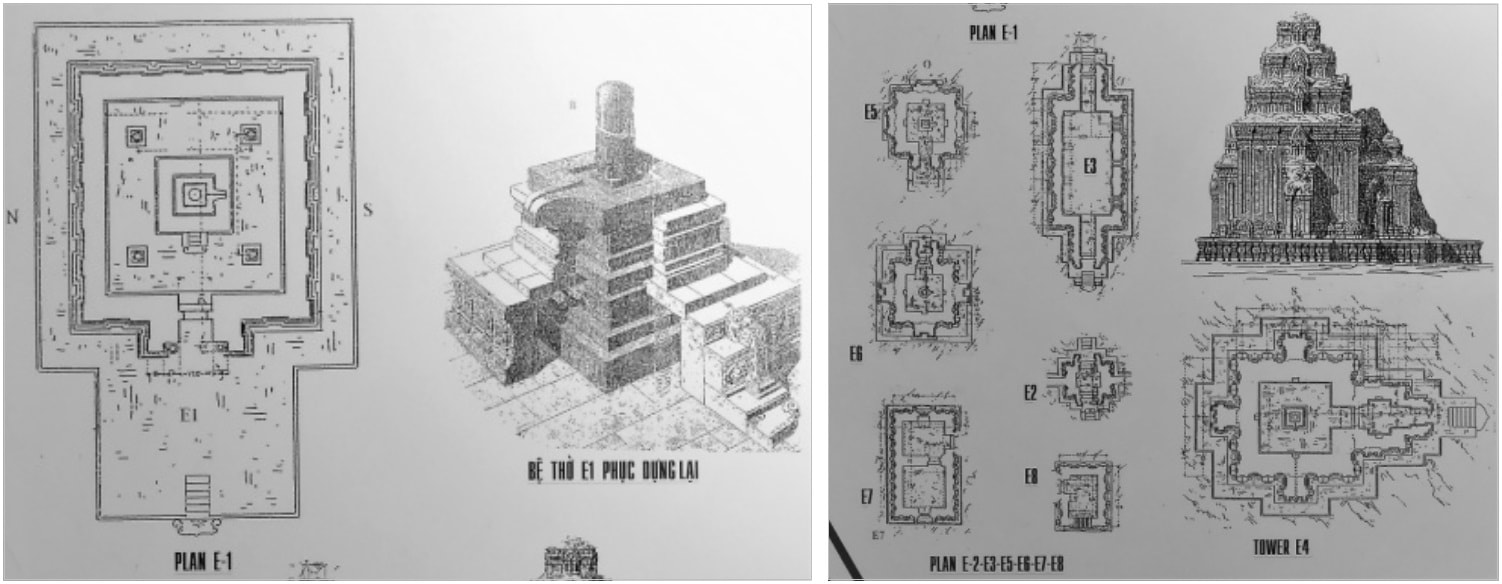
 RSS Feed
RSS Feed
